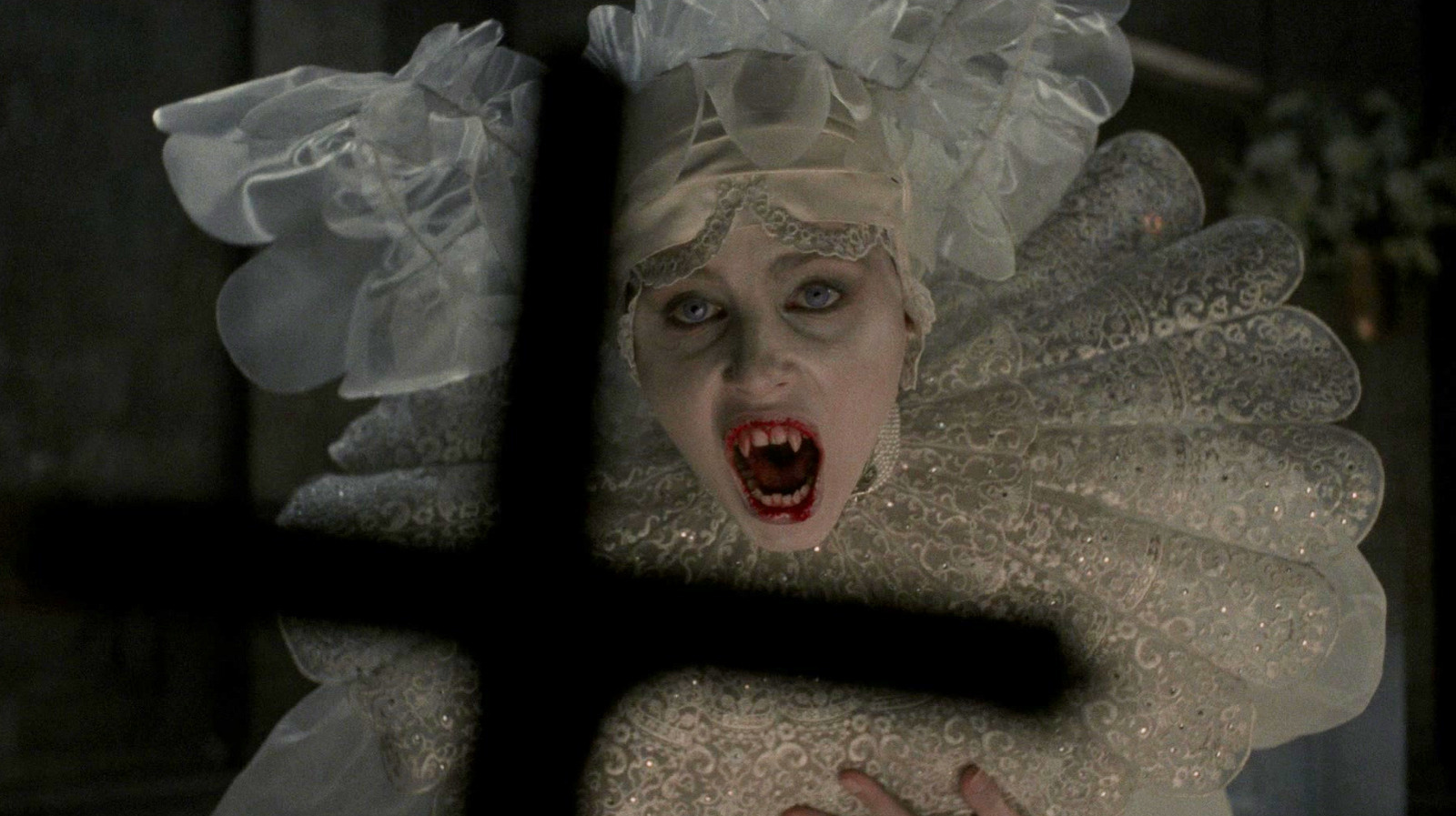
Spoilers for Le Fanu’s “Carmilla” to follow.
Le Fanu’s 1872 “Carmilla” is a genre prototype on many fronts. It is one of the earliest works of vampire fiction and features the first lesbian vampire to ever exist. The novella’s protagonist, Laura, is a young woman residing in a castle in Styria (present-day Austria), and her complex, escalating relationship with Carmilla, who appears all-too-sweet and human, forms the crux of the allure and horror of Le Fanu’s defining work.
The seeds of terror are planted years before the story’s core events occur. Laura describes being visited by a beautiful woman who punctured her chest when she was only six but had left no wounds behind. The way Le Fanu frames this unsettling childhood memory is especially chilling, with Laura witnessing the woman twist and hide under the bed once she cries out for her nurses in fear. Although the nurses do not find anyone in that cramped space, the floor feels warm to the touch, as if someone had, indeed, laid there seconds earlier.
How does Le Fanu depict Carmilla, the vampiric seductress who wants to claim Laura’s body and soul? At first, Laura views Carmilla as one would a like-minded young lady of high standing, but admits that she is more beautiful, mysterious, and unpredictable than anyone she has known. At times, Carmilla is earnest, soothing Laura’s loneliness by emerging as a steady companion who can be confided in. However, these mellow periods are often punctuated with bouts of obsession, with Carmilla overtly confessing her attraction and need to consume Laura. “Darling, darling, I live in you; and you would die for me, I love you so,” Carmilla states in a trance, the implications being explicit and overtly queer. Although Laura uses terms like “disgust” and “revulsion” when met with these advances, her relationship with Carmilla is undoubtedly tinted with unstated temptation, which she continuously rejects lest she “transgresses.”
These sapphic overtones mingle with the horror of being possessed or defiled, as Carmilla continuously feeds on an oblivious Laura every night. Moreover, her customs are perceived as “strange.” She never rouses before noon, does not partake in the household prayers, and her moods swing to inexplicable extremes. So, what is Carmilla and what does she want?








